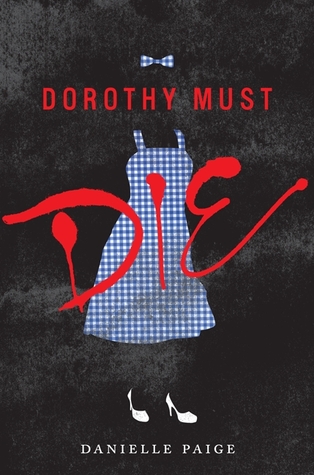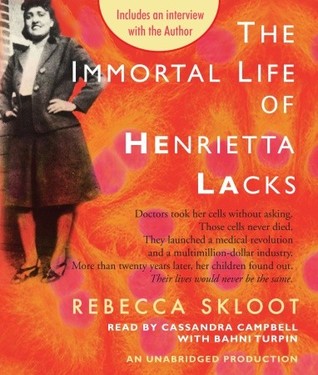Source: Audible
Audiobook, 14+ hours
I am an Amazon Affiliate
The Difference Engine by William Gibson and Bruce Sterling, narrated by Simon Vance, was our November book club selection and is a steampunk alternate history set in 1855 in England. Vance is a wonderful narrator as always, so there were no issues in that regard. The novel seeks to explore the political and societal implications of when Charles Babbage succeeds in building an analytical computer, the Difference Engine, creating a barely recognizable world in which technological advancements are ubiquitous and enabling Britain to become more powerful and the United States to become more fragmented than unified. However, as the water and the air become more polluted, the wealthy are able to flee outside of London, while the laborers are stuck in the city with the soot and pollution. The anger this engenders, causes the laborers to become revolutionaries, rising up and calling for anarchy.
Intelligence agencies, difference engines (computers) and secrecy abound in this topsy-turvy world, but on audio, some of the intricacies are lost. A lot of the narration is spent on describing clothes, surroundings, some of the machines, and mundane actions, like opening containers and whether people are wearing gloves.
Among the minutiae, a mystery about computer punch cards emerges, and everyone seems to want them. Paleontologist Mallory is the only interesting character, but his segment in the plot ends and the final third of the novel plods along once again. At least he lasted longer than the other interesting character, Sybil Gerard. While some believe the cards can be used to place bets and win big, it is clear that’s a red herring. The tug-of-war between the luddites and the ruling class that espouses the benefits of technology and advancement is often lost in the narration, which takes on several iterations — the only clue that the narrator is an outside observer.
The Difference Engine by William Gibson and Bruce Sterling, narrated by Simon Vance, is convoluted and mysterious to its own detriment. Overall, while readers may enjoy Vance as a narrator, this book might get a better reception in print. However, this particular novel also has a number of confusing plot lines that intersect haphazardly, almost as if the writers were trying to confuse the reader. Unfortunately, at some point readers may give up caring about uncovering it. This is an overly stylized novel aimed at a sliver of readers, with a very masculine tone and vaunted scientific jargon and theories.
What the Book Club Thought:
We all agreed that the plot didn’t take up much of the book, and that the mystery reveal at the end was kind of a let down, especially given all that had happened to obtain the punch cards. Some of the characters were disliked, the choice of a paleontologist was an odd one for some, and a few of us skimmed or did not finish the book. Those of us who did finish the book thought that it had been more of a world-building exercise. Moreover, some of the things that happened in the background are things that some of us would have rather had in the main parts of the story. Overall, none of us really cared for any of the characters too much and thought that the book was wordy at best.
About the Authors:
William Ford Gibson is an American-Canadian speculative fiction novelist and essayist who has been called the “noir prophet” of the cyberpunk subgenre.
Bruce Sterling is an American science fiction author who is best known for his novels and his work on the Mirrorshades anthology. This work helped to define the cyberpunk genre.







 About the Author:
About the Author:




 About the Author:
About the Author:

 About the Author:
About the Author:



 About the Author:
About the Author:
 About the Editor:
About the Editor:



